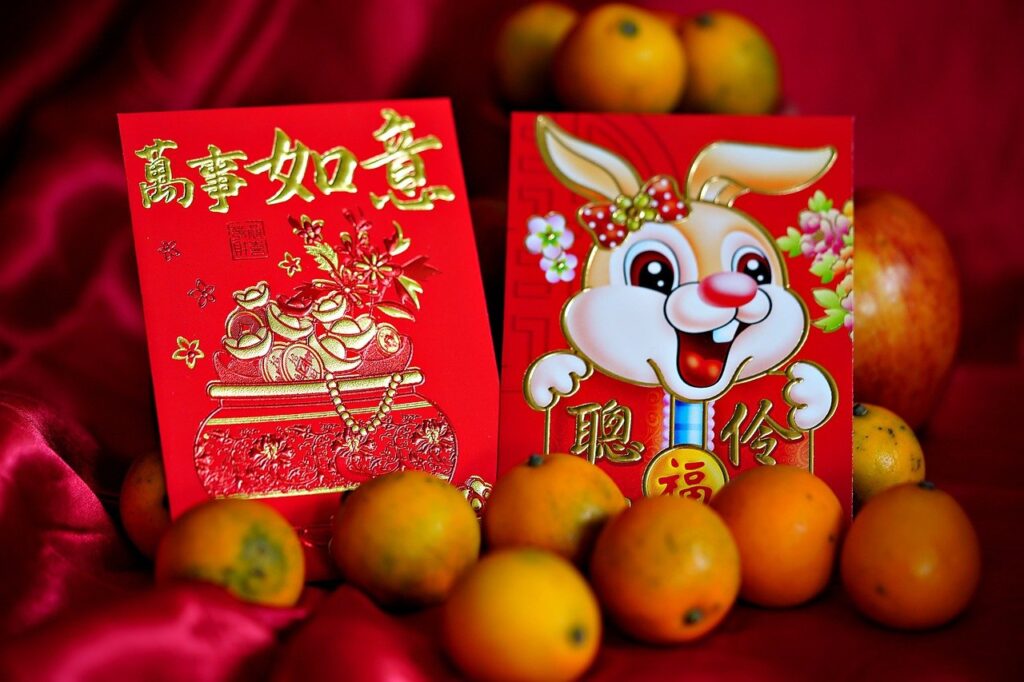Get ready for China’s biggest cultural celebration of the year – learn how to prepare your e-commerce business for Chinese New Year 2023.
In 2022, retail sales in China during Chinese New Year week (also known as the Spring Festival) reached an impressive 821 billion yuan, approximately $170 billion. These celebrations are becoming an increasingly significant opportunity for e-commerce businesses.
This year, spending might surpass the previous year’s levels. The 2023 Spring Festival comes alongside strict COVID-19 restrictions that have influenced consumer behavior, as many people are back under lockdown. With consumers in some parts of China unable to shop in person, online shopping has become the preferred alternative.
In this article, we’ll provide an overview of everything your e-commerce business needs to know to prepare for Chinese New Year 2023. We’ll cover key dates, the audiences celebrating, and effective strategies to boost your e-commerce sales.
Know the Key Dates
Chinese New Year 2023 falls on January 22 and marks the Year of the Rabbit in the Chinese zodiac. You should ensure that all your products are ready for shipping weeks or even months before this date, as consumers typically make their purchases ahead of visiting loved ones.
Since COVID-19 continues to impact production and disrupt supply chains, it’s wise to prepare your e-commerce inventory well in advance. Additionally, factories in China and other Asian countries will close during the celebrations, further emphasizing the need for early preparation.
Understand Your Audience
Chinese New Year celebrations differ significantly from Western New Year festivities. It’s essential to deeply understand the traditions and their significance to ensure your marketing messages resonate with your target audience.
Chinese New Year is a time for togetherness, family reunions, and good fortune. Brands and advertisers often incorporate these themes into their campaigns to create strong emotional messages.
Additional elements your brand can use in campaigns include references to the Year of the Rabbit, the color red, food, pairs of mandarin oranges, and traditional red envelopes (hong baos) filled with money, often exchanged as gifts during the holiday.
Your e-commerce business might also consider expanding Spring Festival campaigns to other regions where the holiday is celebrated. While China is the largest region observing the Spring Festival, countries like Brunei, Indonesia, Malaysia, the Philippines, Singapore, and Vietnam also participate in the festivities.
Find Your Customers in the Right Marketplace
Online shopping dominates during Chinese New Year, but in Southeast Asia (SEA), Amazon is a minor player. Your e-commerce business should strategically plan its marketplace presence and consider listing products on the region’s leading platforms. However, there is no single “Amazon equivalent” for all of SEA; each country has its own major marketplaces.
Here are the top marketplaces in SEA you need to know about:
- China: Tmall, Taobao, AliExpress
- Malaysia: Lazada, Shopee
- Singapore: Lazada, Shopee, Amazon.sg, Amazon.com
- Indonesia: Shopee, Tokopedia, Lazada
- Philippines: Shopee, Lazada, Amazon.com
What Products Should You Sell?
Popular product categories during this time can vary widely across countries. Last year, for example, the demand for ski equipment on Tmall increased by over 180%, driven by the Winter Olympics in February, which coincided with Chinese New Year.
However, food products remain a perennial favorite as gifts. Last year, pre-made meal sales rose 345% on Freshippo and 100% on Taobao compared to the previous year.
Use the Most Effective Channels and Strategies
Once your products are ready and listed on the appropriate marketplaces, it’s time to focus on promotions. Here are some of the most effective marketing channels:
- Social Media: During the holiday, consumers and businesses often slow down and spend more time watching or reading content.
- User-Generated Content: Seeing other customers enjoy your products builds trust and encourages new buyers.
- Video Campaigns: Creative video content on YouTube or short-form platforms can drive sales and increase brand awareness.
- Giveaways, Prize Draws, and Limited Editions: These promotions generate excitement and align with the theme of good fortune, often associated with Chinese New Year.
Trade in Renminbi Like a Local
Taking advantage of China’s booming e-commerce market comes with challenges, including currency exchanges. Businesses that don’t offer payments in Renminbi risk losing customers who may struggle to understand the value of goods priced in foreign currencies. Even when customers understand the exchange rates, transaction fees can act as a barrier.
WorldFirst, an international payments provider with nearly 20 years of experience, facilitates seamless payments to and from China. Whether you need to send money to suppliers or receive payments from customers, WorldFirst provides the solution.
